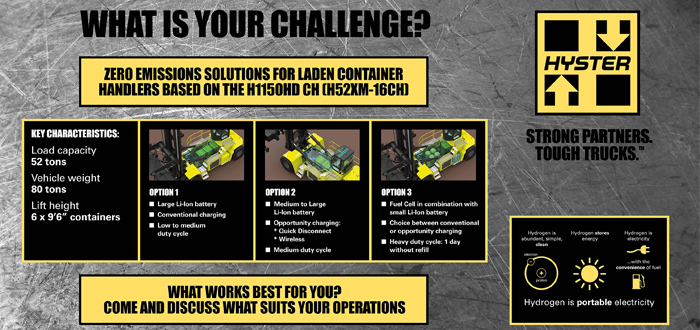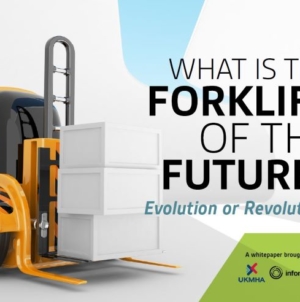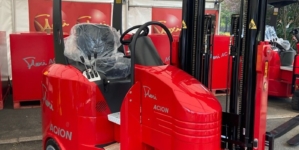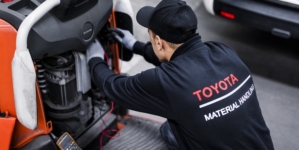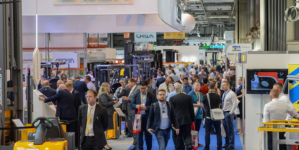-
BLACKOUT TECHNOLOGIES TARGETS SMARTPHONE DISTRACTION BEHIND THE WHEEL TO BOOST FLEET AND DRIVER SAFETY - 9 hours ago
-
NATUREWALL ANNOUNCES NEW PARTNERSHIP WITH ARROWXL - 10 hours ago
-
Tower Launches Customer Sustainability Hub with Practical Tools for Lower-Impact Pharmaceutical Cold Chain - October 16, 2024
-
Six decision-making models for best practice WMS digital transformation - October 16, 2024
-
“Transforming Logistics: Precision and Purpose” – BIFA takes centre stage - October 15, 2024
-
Eco-Friendly Introductions: Cover Letter Templates for Sustainable Logistics - October 10, 2024
-
JAMES JONES & SONS LTD EXPANDS ITS PALLETS & PACKAGING DIVISION THROUGH THE ACQUISITION OF HG TIMBER LTD - October 10, 2024
-
HUGO BECK EXPANDS MACHINE RANGE FOR E-COMMERCE, MAIL ORDER AND LOGISTICS - October 10, 2024
-
Winning Irish Exporter of the Year, Combilifts CEO Martin McVicar talks about the journey into the Global Market - October 8, 2024
-
JAMES JONES & SONS’ AUSTRALIAN SUBSIDIARY, HYNE GROUP, EXPANDS TO WESTERN AUSTRALIA - October 3, 2024
Port Operations Preparing For A Zero Emissions Future.
Faced with increasing regulation, many port operators are now looking to achieve zero emissions with their handling equipment. With commonly used equipment, such as ReachStackers, Empty and Laden Container Handlers, and heavy-duty forklift trucks, traditionally powered by IC (internal combustion) engines, how can ports, and truck manufacturers, prepare for a lower emissions future?
From the UK, where the government is investing in technologies to transform the shipping industry into a zero emissions sector, to the state of California, USA, which proposes that all cargo-handling equipment should be zero emission by 2030, ports around the world are demanding lift trucks that can support their environmental goals, while meeting their particular application requirements.
One way that manufacturers are increasingly looking to meet this need is by exploring the possibilities for trucks that operate using alternative, more environmentally friendly, power sources. For example, Hyster Europe has revealed that development is underway on a zero-emission, high-capacity electric lift truck, with a view that, in the near future, ports and heavy industry may be able to electrify their entire Big Truck fleets.
The first truck in development is a 52-tonne capacity Hyster® laden container handling unit powered by lithium-ion battery, which is expected to achieve similar full shift performance to Hyster® diesel-powered, container-handling trucks.
“By using a modular approach and innovative technology, our aim is for applications to have maximum flexibility when selecting trucks, and to provide the best zero emissions solutions for their needs.” explains Jan-Willem van den Brand, Director Big Truck Product Strategy & Solutions for Hyster.
The first options available will be powered by lithium-ion battery only. In the future, once the fuel cell technology is fully developed, Hyster expects to offer the truck with a choice of three options; powered by lithium-ion battery only, or with a combination of a small battery plus a Nuvera® fuel cell engine, or by a medium battery with fuel cell engine. The best choice of power option will completely depend on the specific application.
“Lithium-ion battery capacity is not likely to be sufficient as a long-term solution for very intense applications without opportunities to re-charge during the shift,” says van den Brand, explaining that lift trucks require a lot of power to move horizontally, handle loads vertically, and remain stable.
“This is where a fuel cell powered engine can come in,” he continues. “By combining a battery with a Nuvera® fuel cell engine that acts as an on-board generator, Big Trucks are expected to be able to support continuous operation while providing zero emissions.
However, preparing for a zero-emissions future will also require port operations to consider potential changes to their infrastructure. For example, with the switch to electric power sources, charging will be a key consideration. For small terminals with a limited number of machines, the infrastructure impact is expected to be limited.
“For larger operations the electrification of equipment may add complexity to the logistic planning system. For instance, managing the charging of trucks within the duty cycle of the terminal,” van de Brand warns. “However, like with a diesel truck, hydrogen fuel cell filling station usage does not need to be planned.”
With battery powered machines, operations will need to plan which lift truck can charged, when, at what station and for how long. Out of service charging stations could therefore have a considerable impact.
“Managing peak power demand will be a challenge,” explains van den Brand. “If the whole fleet suddenly becomes electric, the peak power demand resulting from charging may be considerable and investment will be required to cope with this.”
“The key to handling these issues will be to have good integration with various dependable partners,” continues van den Brand. “There is no one solution that suits all.”
For those ports working towards zero emissions operations, it will also be necessary to consider the trucks used elsewhere in the application, such as in port-side stores. “The range of electric solutions for Hyster® forklift and warehouse trucks, using both lithium-ion and lead-acid battery power, already caters well to this need,” says van den Brand.
“The ability to switch to completely zero-emissions operations will ultimately be dependent on the necessary equipment becoming commercially available,” says van den Brand. “However, port applications can use existing technologies to start to prepare for a lower emissions future.”
For example, the Hyster Tracker telematics system can help identify under- or over-utilised equipment, by truck, fleet or location. With ports expected to switch over to electric operations gradually, this may help managers to identify which trucks need to be replaced as a priority. Operations can also use this data to assess which combination of lift trucks will best serve the needs of the application before new trucks are acquired for the fleet.


























